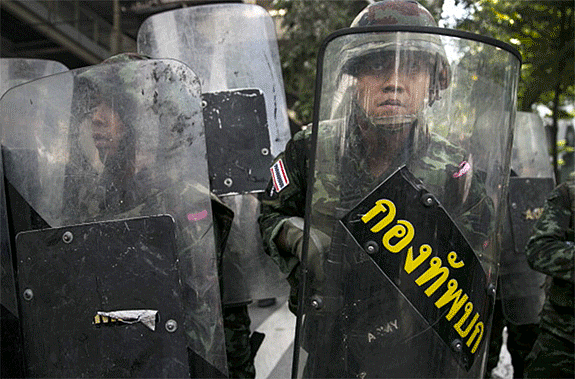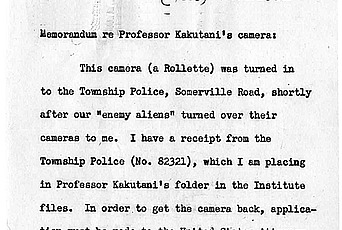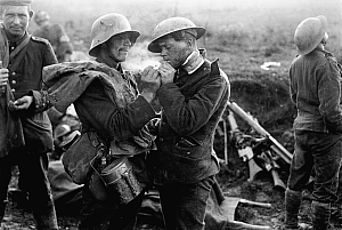Are Military Coups Going Out of Style?

The number of military coups and coup attempts since 1950 currently stands at around 530, an astonishing number. We tend to have a very specific notion of a military coup: a military coup is something that rarely takes place; is characteristic of particular kinds of countries—perhaps Latin American states; and belongs mainly to a limited historical period, the heyday of the coup era, during the late 1960s and early 1970s. We think of it as a form of regime change belonging to the post-independence period, when lots of new nations were having trouble consolidating their political institutions and finding ways to manage power transitions.
Most of our basic assumptions about coups do not stand up to close scrutiny. During their heyday, coups were as common a way of changing regime as any other method: power changed hands as frequently as through elections, and much more frequently than through popular uprisings or revolutions. The notion of coup exceptionalism is very misleading. In the 1970s, there were around a dozen coup attempts annually, with a success rate of roughly fifty percent. While the overall number of coups has declined in recent decades, since 2010 there have been about twenty-nine coups or coup attempts, around four or five a year. This is rather more than we might expect in the wake of the “third wave” of democratic transitions in the 1980s and the 1990s, which saw the demise of many military regimes in Africa, Asia, and Latin America.
Coups have significantly fallen off and yet have not completely faded away. To understand why, we need to revisit the heyday period of coups to understand what fueled this trend in the first place. Naunihal Singh (2014) has done an excellent large-scale quantitative study of coups between 1950 and 2000. He found that around half of the countries in the world have experienced military coups between the 1950s and the present—a very large number. In terms of continents, coups were most prevalent in Africa, followed by Latin America. He concluded that just three factors underpinned military coups and the likelihood of their occurrence.
The first factor was whether there had been any successful military coups in that country. A military that has staged a coup before is much more likely to try to attempt another seizure of power. Some states enter a vicious cycle. Where coups have happened before, and have apparently “worked,” both the military and segments of the civilian population may believe that coups are a possible or even a decent way to do political business, usually on the basis of claims that such power seizures are a necessary evil justified by the need to avert crisis and rescue the nation from adversity. As a result, coups develop a life and a momentum of their own.
A second factor concerns economic development. Some scholars try to explain coups almost entirely in these terms. As soon as countries become more developed, and people have higher living standards, then political institutions will solidify, and military coups will become obsolete. There is evidence to support this argument from Latin America, where economies have indeed grown and military coups have declined. Apart from a failed attempt in Ecuador, there have been no coups in Latin America since 2010.
Of the twenty-nine coups since 2010, twenty-two of them took place in the bottom tier of the 188 countries ranked in the United Nations Development Program’s Human Development Index. Virtually all of the last dozen on the list have experienced coups or coup attempts in recent years. Most of these countries have had coups since 2010. There is no denying the importance of this factor. A distinct “coup belt” of very poor countries in sub-Saharan Africa (especially Central and West Africa) accounts for the majority of recent power seizures, which might be termed “scarcity coups.”
A striking exception is Thailand, the main focus of my own research. Thailand has experienced around twenty coups since 1932, most recently in 2014 (but also in 2006 and 1991), despite being one of the world’s fastest-growing economies since 1960. The visual modernity of Bangkok, with its gleaming skyscrapers and high-end shopping malls, appears completely at odds with the country’s chronic political dysfunction.
How are we to explain the military coups that have taken place in unlikely places such as Thailand in 2014, Egypt in 2013, or Ecuador in 2010? Here, politics rather than economics comes to the fore. A so-called third wave of democratization was much discussed around the end of the Cold War in 1990. Numerous countries underwent transitions toward more open political systems. Lately, however, many of those transitions are going backwards. Countries that came out of authoritarian rule are now struggling somewhere between democracy and authoritarianism. The past twenty-five years has seen an upsurge in anocracy, a politics that mixes elements of authoritarianism and democracy. Features of anocracies include electoral populism, accusations of majoritarianism, the rising salience of inequality grievances, profound alienation between elites and the masses, and a propensity for mass rallies and street protests. According to one source, between 1989 and the present, the number of anocracies has increased from thirty to fifty-five. It seems probable that the greater the degree of anocracy, the more likely a military coup becomes. Countries like Thailand, Egypt, Ecuador, Bangladesh—outliers that are not prime candidates for military coups on purely socioeconomic grounds—could all be classified as anocracies. Given growing levels of political polarization globally, seen in different forms in recent British and United States electoral politics, anocracy is fast becoming the “new normal” and could account for a growing proportion of military coups.
We tend to assume that coups involve the military sending tanks into the streets. Both of these assumptions—military leadership and physical deployment—are open to question. No tanks were used in Thailand’s May 2014 coup. In Ecuador in 2010, the police attempted a coup, and the military came to the president’s rescue. Turkey experienced a so-called “e-coup” in 2007—the coup consisted of the Army posting a commentary on its website. Britain experienced a kind of a “TV coup” in November 2015—the chief of the armed forces went on television and criticized the new Leader of the Opposition, Jeremy Corbyn, for his stance on nuclear weapons. The interview had echoes of the novel A Very British Coup by former minister Chris Mullin. It tells the story of how a left-wing Labour prime minister was eased out of office by an establishment conspiracy. In other words, a coup could be carried out by the military or the security services without the use of any physical force.
Accordingly, we may need to revisit the original eighteenth-century definition of coup d’état, a “master stroke of the state,” which does not necessarily have a military component. Perhaps one reason why we are seeing fewer military coups is because of the parallel rise in “new coups”: judicial coups, or coups precipitated by protest movements, such as the 2001 toppling of President Joseph Estrada in the Philippines. Estrada was an extremely popular former movie star disliked by the middle classes for various reasons and accused of corruption. He was removed from office not by a formal military intervention (though army commanders had said they would no longer follow his orders), but by a coup d’état in the classic French sense.
Although, on one level, military coups are indeed going out of style, they are not dissipating as rapidly, as consistently, or as straightforwardly as might be expected. Scarcity coups, military coups as conventionally understood, are still being staged on a regular basis—especially in less-developed African countries. Anocracy coups, in countries affected by extreme political polarization, form a second category of military coups that looks set to increase. And in many anocracies, “new coups”—in other words “big strokes of the state” led not by the military but by other institutions and political forces—form the most likely future direction.


